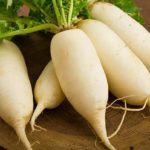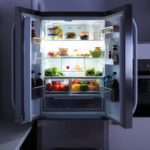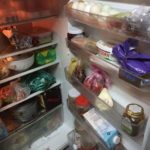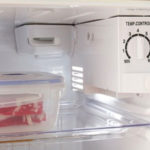With the complex developments of the pandemic, we must follow the social distancing rules and only go out when necessary. Therefore, food preservation is one of the essential skills to keep our family’s food fresh and safe.
Here are some easy-to-follow food preservation methods to help your food last longer.
1 Garlic Preservation
Tools You’ll Need
-
Garlic bulbs
-
WaterPaper towels
-
Blender or food processorIce cube trayAir-tight container
Instructions
Step 1: Peel and rinse the garlic cloves. Use paper towels to pat them dry.
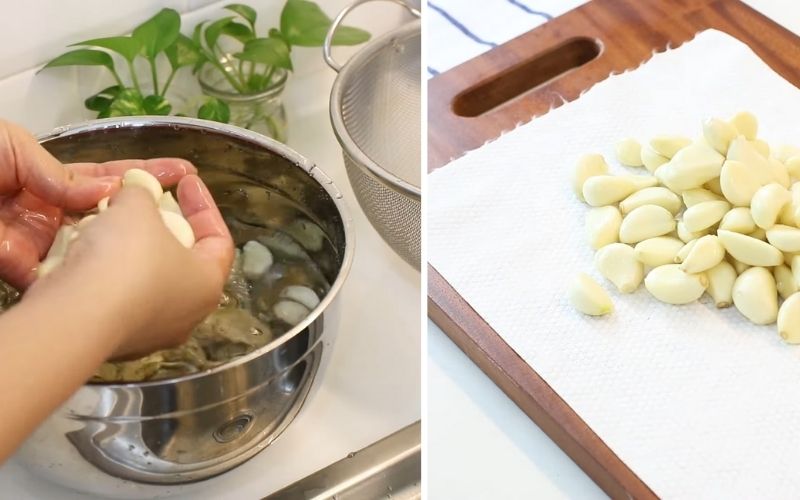
Step 2: Blend or process the garlic cloves until they form a paste. Use a spoon to fill each compartment of the ice cube tray with the garlic paste. Place the tray in the freezer for 3-4 hours until the garlic cubes are frozen solid.
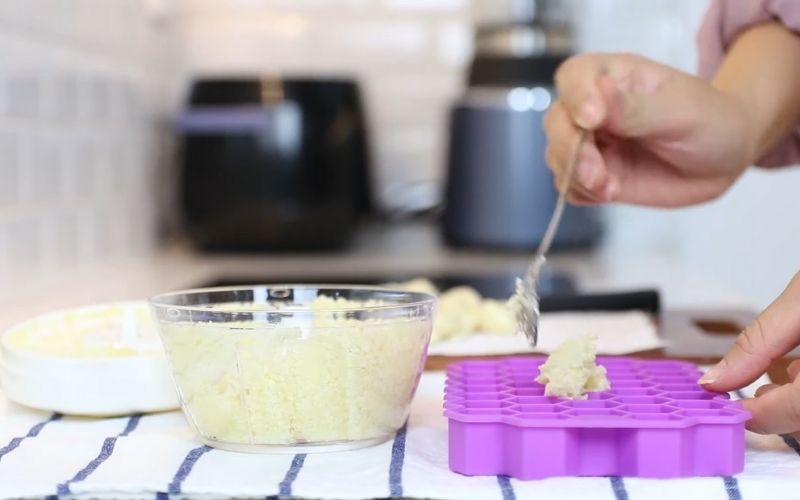
Step 3: Once frozen, pop the garlic cubes out of the tray and store them in an air-tight container in the refrigerator. Use as needed for cooking.
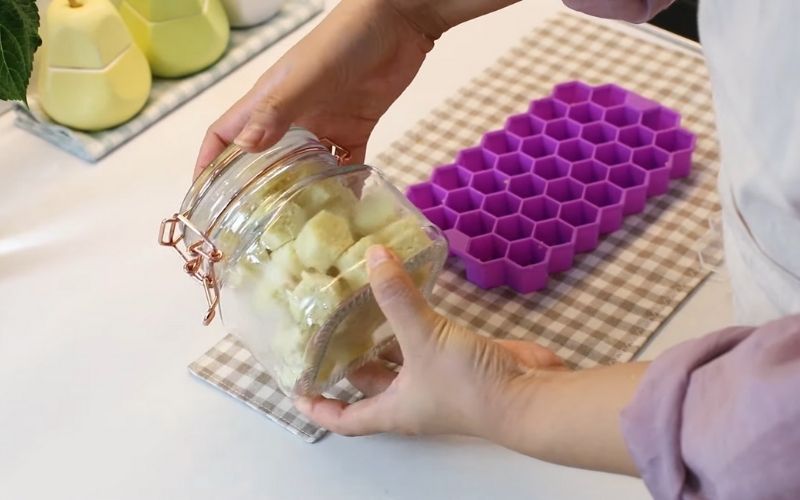
2 Chili Preservation
Tools You’ll Need
-
Paper towels
-
Air-tight container
Instructions
Step 1: Rinse the chilies and pat them dry with paper towels.
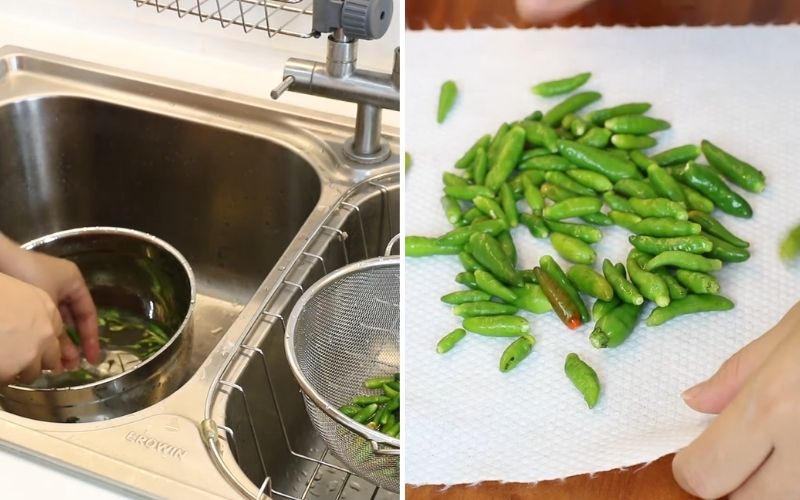
Step 2: Line the bottom of the air-tight container with a dry paper towel. Place the chilies in the container, close the lid, and store in the refrigerator.
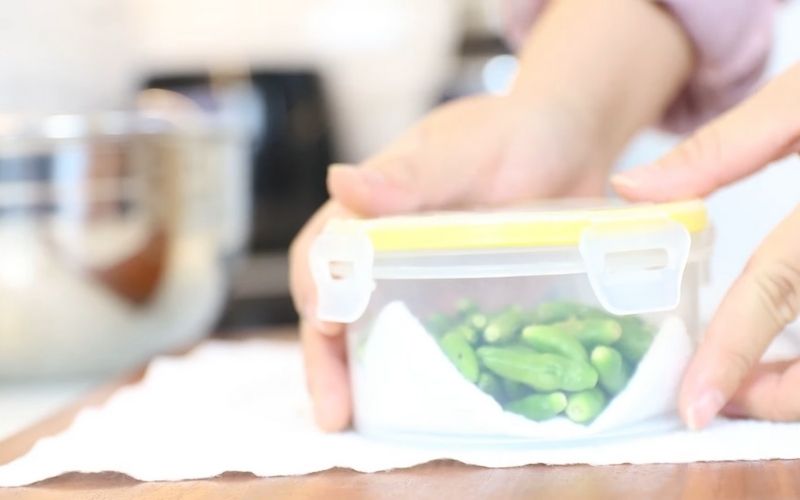
3 Preserving Scallions
Tools You’ll Need
-
Paper towels
-
Air-tight container
Instructions
Step 1: Trim the roots and remove any damaged scallion stalks. Rinse the scallions and cut them into 4-5 cm segments.
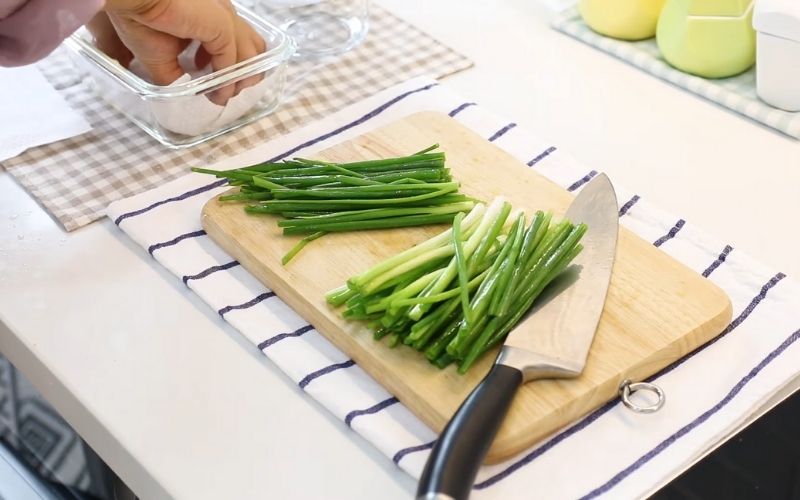
Step 2: Use a rectangular container and line it with paper towels to absorb moisture. Place the scallion segments in the container.
Alternatively, you can chop the scallions finely and store them in a small jar in the refrigerator.

4 Preserving Bean Sprouts
Tools You’ll Need
-
Air-tight container
Instructions
Rinse the bean sprouts and remove any damaged ones. Place them in the air-tight container and fill it with water until it reaches the level of the bean sprouts. Close the lid and store the container in the refrigerator to keep the bean sprouts fresh for longer.
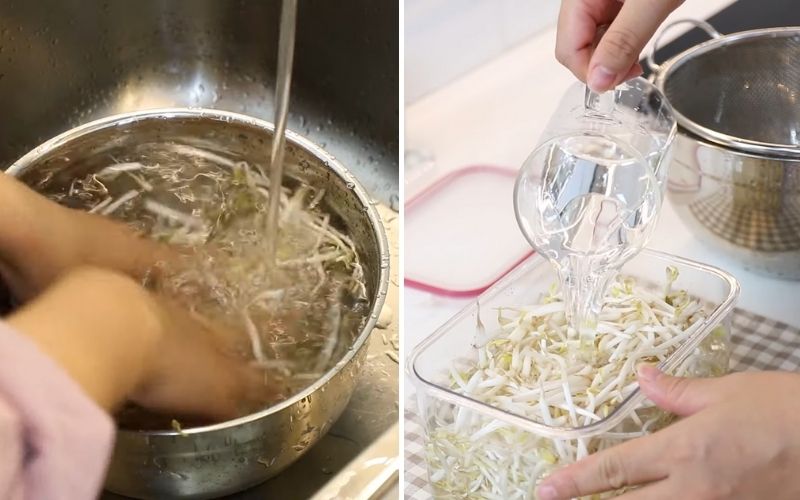
5 Preserving Tofu
Tools You’ll Need
-
Air-tight container
Instructions
Place the tofu in the air-tight container and fill it with water until the tofu is completely submerged. This will help keep the tofu fresh for longer.
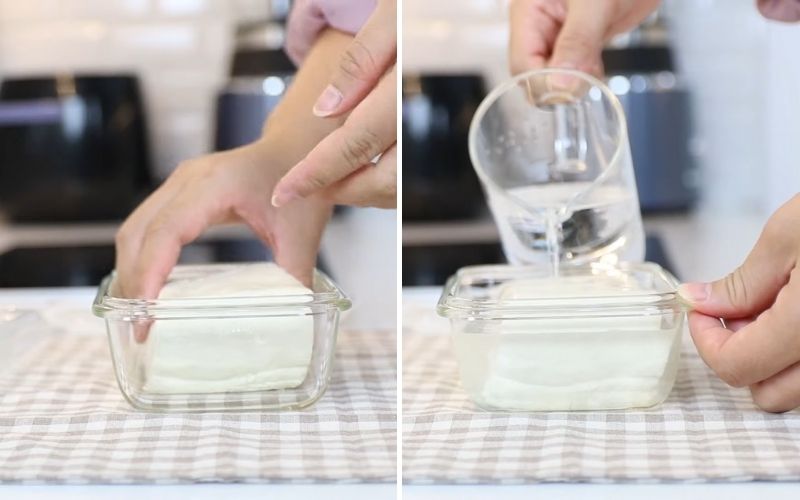
6 Preserving Perilla Leaves
Tools You’ll Need
-
Cylindrical air-tight container
Instructions
Rinse the perilla leaves and pat them dry. Trim the stems and stand the leaves upright in the container. Store the container in the refrigerator to keep the leaves fresh.

7 Preserving Cherry Tomatoes
Tools You’ll Need
-
Air-tight container
-
Paper towels
Instructions
Line the bottom of the container with a dry paper towel. Place the cherry tomatoes in the container, close the lid, and store in the refrigerator.
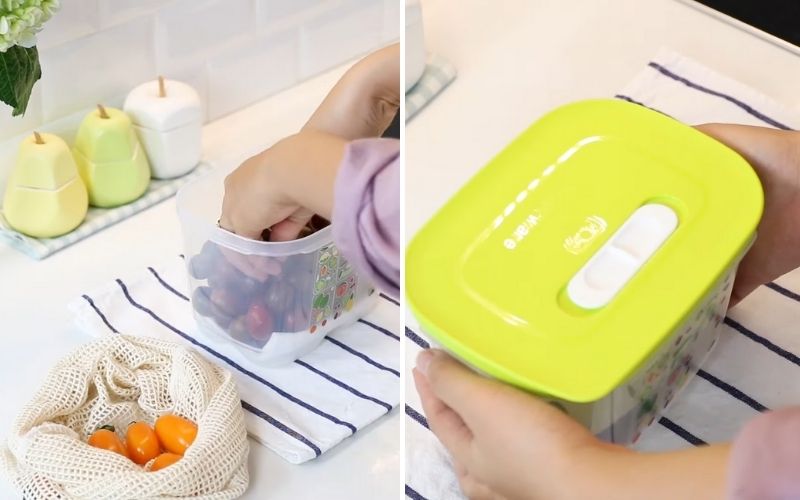
8 Preserving Green Vegetables
Tools You’ll Need
-
Rectangular air-tight container
-
Paper towels
Instructions
Rinse the vegetables to remove any dirt and let them air dry. Line the container with paper towels and place a layer of vegetables on top. Add another layer of paper towels and continue layering until all the vegetables are in the container. Close the lid and store in the refrigerator to keep the vegetables fresh and prolong their shelf life.
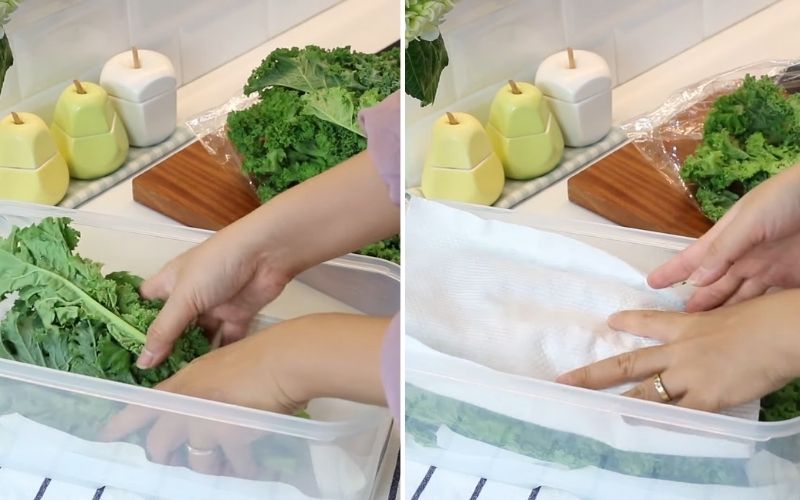
9 Preserving Carrots and Corn
Tools You’ll Need
-
Rectangular air-tight container
-
Paper towels
Instructions
Roll each carrot and corn cob individually in paper towels. Make sure to cover both ends as well. Place them in a large container, close the lid, and store them in a cool, dry place.
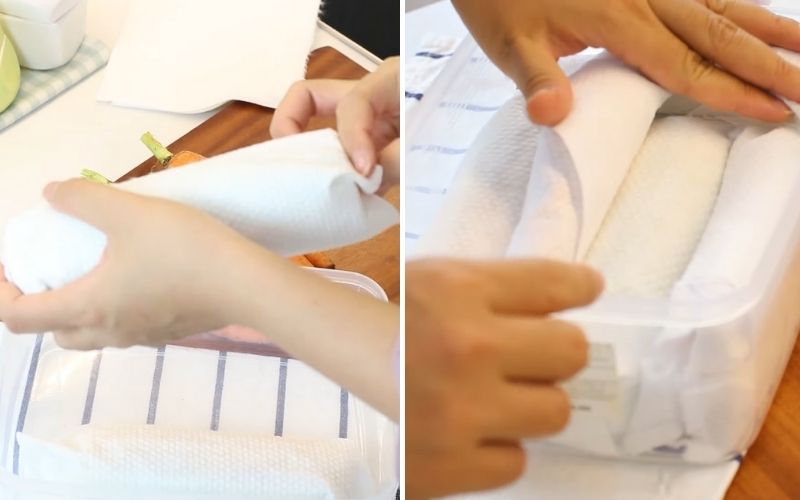
10 Preserving Zucchini, Bell Peppers, and Broccoli
Tools You’ll Need
-
Air-tight container
-
Paper towels
Instructions
For zucchini, bell peppers, and broccoli, wrap each vegetable individually in dry paper towels. Place them in the container and store in the refrigerator.
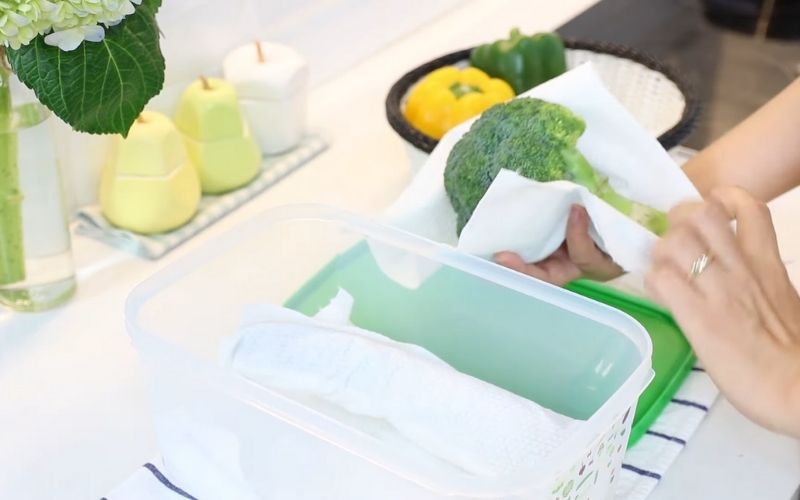
11 Preserving Potatoes and Sweet Potatoes
Tools You’ll Need
-
Wicker basket or mesh basket
-
Newspaper
Instructions
Line the bottom of the basket with newspaper and use it to wrap each potato and sweet potato individually. Arrange them neatly in the basket and store in a cool, dry place. Keeping them dry will prevent sprouting and ensure they remain safe to consume.
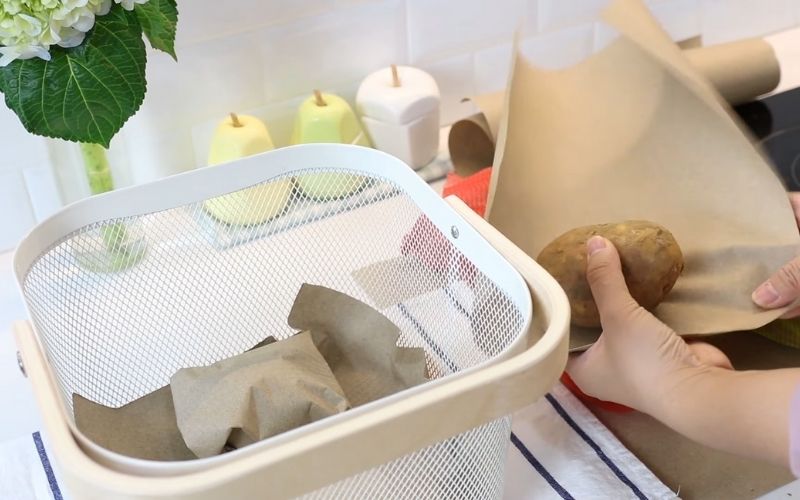
12 Preserving Pumpkins and Onions
Tools You’ll Need
-
Wicker basket or mesh basket
-
Newspaper
Instructions
Place the pumpkins or onions in the basket lined with newspaper. Add another layer of newspaper on top and store in a cool, well-ventilated area.
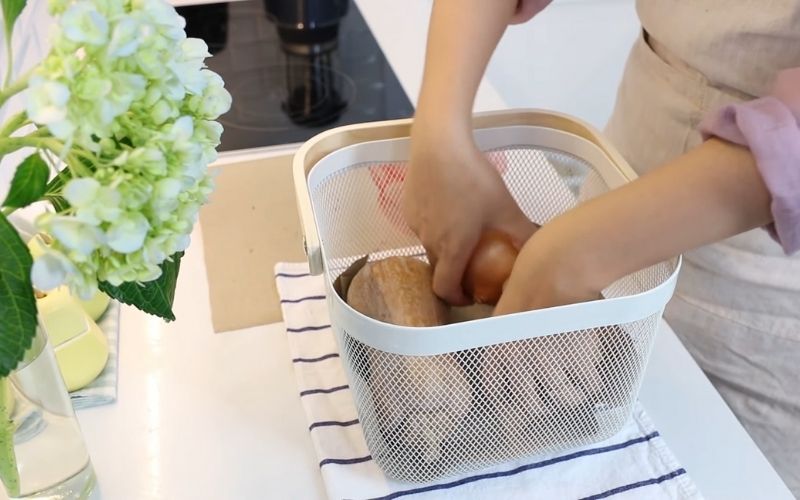
13 Preserving Tomatoes
Store tomatoes in a cool, dark place, away from direct sunlight. There is no need to refrigerate them.
More Useful Advice for Homemakers (Part 2)
Have you heard of the surprisingly easy tips to make cooking and household chores simpler? White radish eliminates the acrid taste of salted meat, adding alum to raw shrimp helps soften it, and adding cold water when frying eggs can make them crispy – these are just a few of the tricks to make your life easier.
Is Refrigerated Leftovers Linked to an Increased Risk of Cancer?
Dr. Lam Van Man, Head of Research, Development and Technology Transfer Department of the Institute of Safety Food, has warned of the risk of food poisoning when reheating leftovers from the refrigerator. But what should we be aware of when it comes to the possibility of these leftovers causing cancer? Here, we explore what the experts have to say on the matter and offer some tips for safe eating.


























